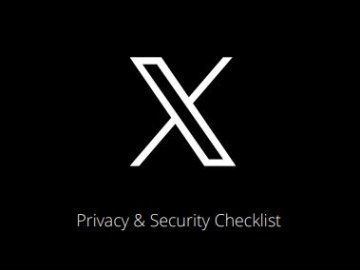Anonymous reporting has opened up many avenues for communication over the past few years. Technology provides a lot of freedom in how we connect and engage with others and it’s no surprise that reporting has played a big part within these online spaces.
Schools in particular have found themselves in difficult situations where reporting needs to be an essential part of their community practice, but encouraging pupils, staff and parents to come forward with their concerns is easier said than done. In this article we look at why anonymous reporting is so essential and what schools can do to improve their communications.
Reporting in School
As schools are well aware, incidents can occur on a daily basis and can manifest in a number of different ways. It is a constant duty to uphold that the school community is safe and concerns are responded to in an efficient manner. Responding to incidents though is only half the battle! There’s maintaining the ongoing ethos of ensuring that students, parents and staff know that they need to come forward when problems arise.
If the last few years has taught us anything, it’s that encouraging reporting is still a challenge for many schools. From what the Ofsted report divulged last year around sexual harassment, it was found that incidents of abuse were so ‘commonplace amongst children and young people. So much so, that they didn’t feel it was necessary to report incidents to the school.’
It was flagged that students had concerns over repercussions from family members and friends even when it was found that reporting was actively encouraged. Despite the appropriate direction and reporting routes available, there is still the ongoing worry of being singled out.
Impact of COVID-19 on Reporting in School
Not only that, but the environmental divide between school and home life is blurred. COVID-19 caused a lot of boundaries to be crossed in how school and home life worked alongside each other, and now, with the return of regular practice, reporting routes are active but still need to account for both school and home concerns.
It’s important to understand the role that technology now plays throughout our lives. Social media and other online activity can be a constant focus for a lot of young people, and doesn’t just stop when they leave home in the morning. The opportunities to experience harm online are constant, meaning there needs to be a clear and approachable route to turn to.
What Does Anonymous Reporting Do?
In essence, anonymous reporting gives people a way to voice their concerns without fear of repercussions. Talking to a teacher or a member of staff about something sensitive, can result in worry, panic or concern over what consequences may result and can leave the individual feeling uncomfortable or being unable to articulate what is really troubling them.
It empowers the community to speak up against incidents that may be troubling them, directing the school to investigate the matter without putting anyone on the spot or conjuring unnecessary fear. It provides a safe space for everyone in the community to feel they have a voice when it may seem they have nowhere to go. Essentially, it opens up a new route of communication that is accessible and offers a degree of privacy.
With anonymous reporting, schools themselves can open their doors to concerns that may have gone unnoticed or flown under the radar. If a school is unaware of an issue, then it can grow and become something bigger until it becomes harmful and more difficult to manage when it eventually exposes itself.
Whisper - Anonymous Reporting for Schools
Whisper is an effective solution that allows schools to implement anonymous reporting. Throughout COVID-19, Whisper was provided as part of a support campaign to give school communities their voice back when remote learning was in effect. It not only helped schools build their communication channels back up but encouraged communities to speak up; including students, parents and staff.
It accounts for anonymous reporting but also an effective channel for those who do want to divulge personal information. It can be accessed through SMS text messages or online forms and is set up to provide two-way conversations between the person reporting and the person receiving. The tool also hosts a number of promotional ways to let everyone know Whisper is available, from posters to informative content to send to parents.
Now 2022 is well underway, it is time to ensure your reporting strategies are robust enough to account for all possibilities. If you’d like to know more about Whisper, make sure you check out our page or contact us at enquiries@swgfl.org.uk to hear more information or request a demo.
Harmful Sexual Behaviour Support Service
As part of reporting in schools, it is also important for staff to be aware of how they can get help when dealing with incidents and concerns. The Harmful Sexual Behaviour Support Service is there to support any professional in England working with children and young people. Funded by the Home Office and in collaboration with the Department for Education, the service is designed to support professionals with tackling incidents of harmful sexual behaviour. Practitioners are able to give advice about responding to incidents of HSB whilst offering guidance on policy development and offering supporting resources.
If you need advice about a specific incident, have any concerns or just have a query, then do get in touch. Call our practitioners on 0344 2250623 or email hsbsupport@swgfl.org.uk. If you have an online safety concern that is not associated with harmful sexual behaviour, you can always phone the Professionals Online Safety Helpline for advice.






